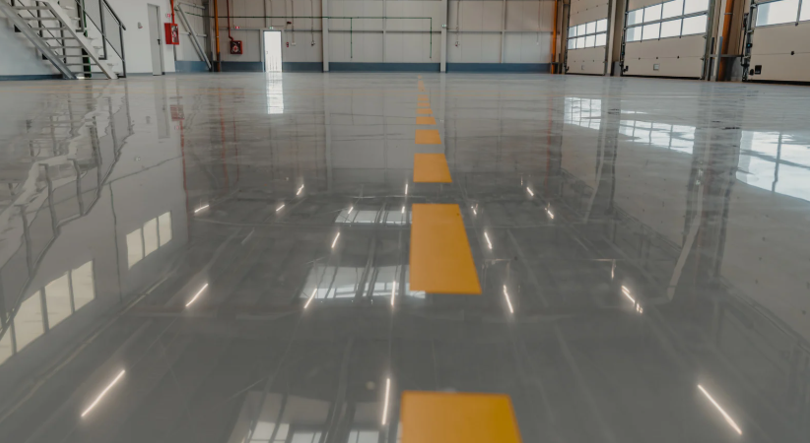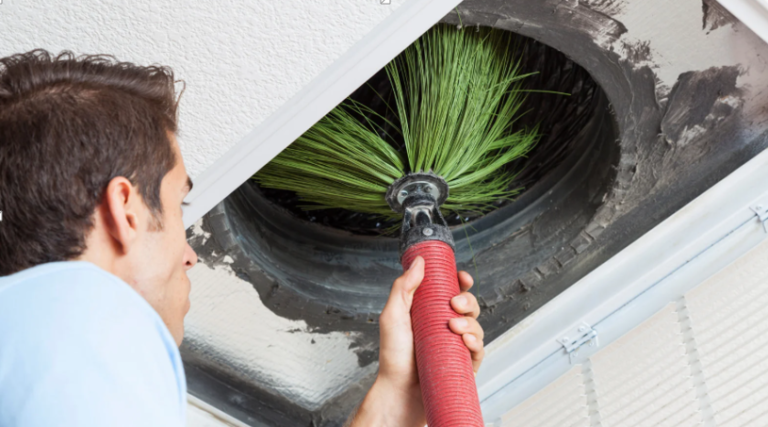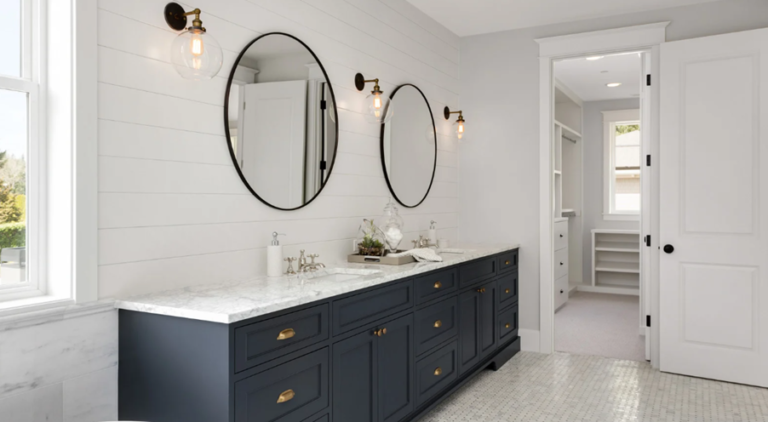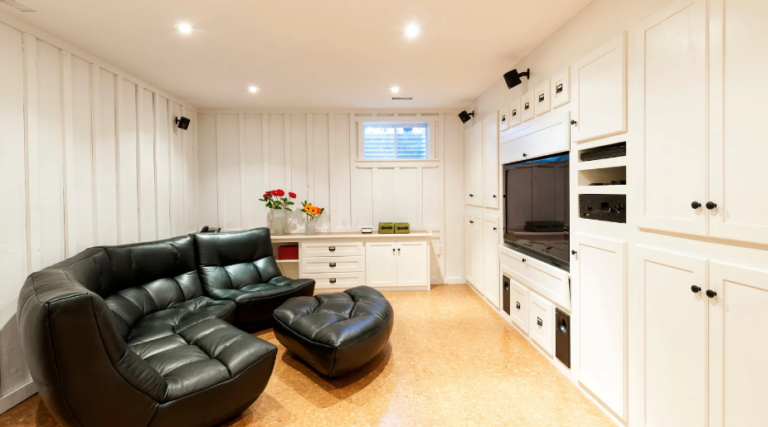How to Prepare Your Garage for Epoxy Coating
When planning to upgrade your garage flooring, preparation is the cornerstone of a successful epoxy application. A well-prepared surface ensures maximum adhesion, longevity, and professional-grade results. Poor preparation leads to peeling, bubbling, or uneven finishes that compromise the investment. Before committing to this transformation, it’s critical to understand every step involved in the preparation process. From cleaning to moisture control, precision and thoroughness determine the quality of your outcome. For those aiming for durability and visual appeal, investing in garage floor epoxy is a strategic choice for enhancing the space’s functionality and aesthetic value.
Understanding the Importance of Surface Preparation
A clean and defect-free surface is vital for ensuring epoxy coating bonds seamlessly. Any residual oil, dirt, or existing paint can act as a barrier, reducing adhesion and durability. The surface must be entirely stripped of previous coatings and contaminants to ensure the epoxy penetrates deeply into the concrete pores. Professionals use industrial-grade cleaning solutions and mechanical grinders to achieve optimal texture, which allows the epoxy to integrate perfectly with the substrate. This level of preparation is the differentiator between a standard coating and a premium finish that withstands years of heavy use.
Cleaning and Degreasing the Surface
Grease and oil are major culprits that compromise epoxy adhesion. Deep cleaning is a non-negotiable step. Industrial degreasers or specialized solvents are used to remove contaminants effectively. The surface must be scrubbed and rinsed until no residue remains. Afterward, it should dry completely to prevent moisture entrapment beneath the coating, which can lead to blistering or delamination. This process ensures the epoxy adheres to raw concrete rather than a layer of dirt or oil.
Etching or Grinding for Optimal Adhesion
Etching or grinding opens up the concrete’s pores, allowing epoxy to penetrate and bind securely. Acid etching uses a mild acid solution to achieve this, but professionals typically prefer mechanical grinding for precision and consistency. Grinding delivers a rougher texture that promotes stronger chemical bonding. This step sets the stage for a professional-grade finish and significantly enhances the floor’s resistance to wear, abrasion, and chemicals. The decision between these methods depends on the existing floor condition, but professional grinding remains the industry standard for reliability and results.
See also: Maximize Your Home’s Value with a Professional Renovation
Choosing Between Garage Tiles and Epoxy Coating
When revamping the garage floor, homeowners often debate between garage tiles and epoxy & which one to choose, because both offer distinct benefits depending on the intended use and aesthetic goals. Garage tiles provide modular flexibility and easy replacement, making them practical for specific zones or areas subject to frequent changes. Epoxy, on the other hand, delivers a seamless, high-performance surface that combines durability with a refined appearance. Its chemical resistance and low-maintenance properties make it ideal for heavy-duty environments where longevity and a polished finish are priorities. Ultimately, the choice depends on whether functionality or a unified, professional-grade surface takes precedence in the design vision.
Customizing the Finish for Aesthetic Value
Modern epoxy systems allow customization through colors, textures, and finishes. From high-gloss reflective surfaces to matte, slip-resistant coatings, the options are extensive. This flexibility makes epoxy a preferred choice for transforming dull concrete into a polished, professional environment. Understanding how epoxy coating for garage floors provides customization in design will help you know how to tailor the floor to your specific aesthetic and functional needs. It involves recognizing how professionals use advanced techniques and specialized additives to achieve tailored finishes. These customized surfaces are crafted to align seamlessly with the functional purpose and overall aesthetic vision of the space, ensuring both durability and visual coherence.
Conclusion
Proper preparation is the foundation of a successful epoxy flooring installation. It requires a systematic approach, cleaning, repairing, grinding, and conditioning, to ensure maximum performance and durability. By engaging professional services, you guarantee precision, quality materials, and a flawless finish that elevates both functionality and aesthetics. A meticulously prepared surface transforms your garage from a basic utility area into a durable, visually striking extension of your home.






